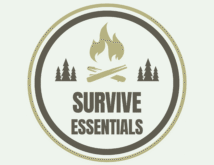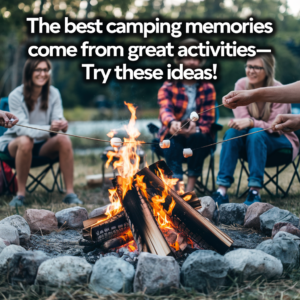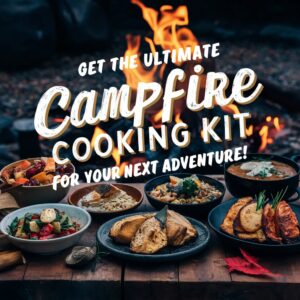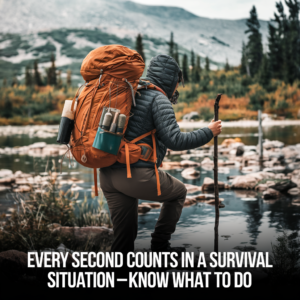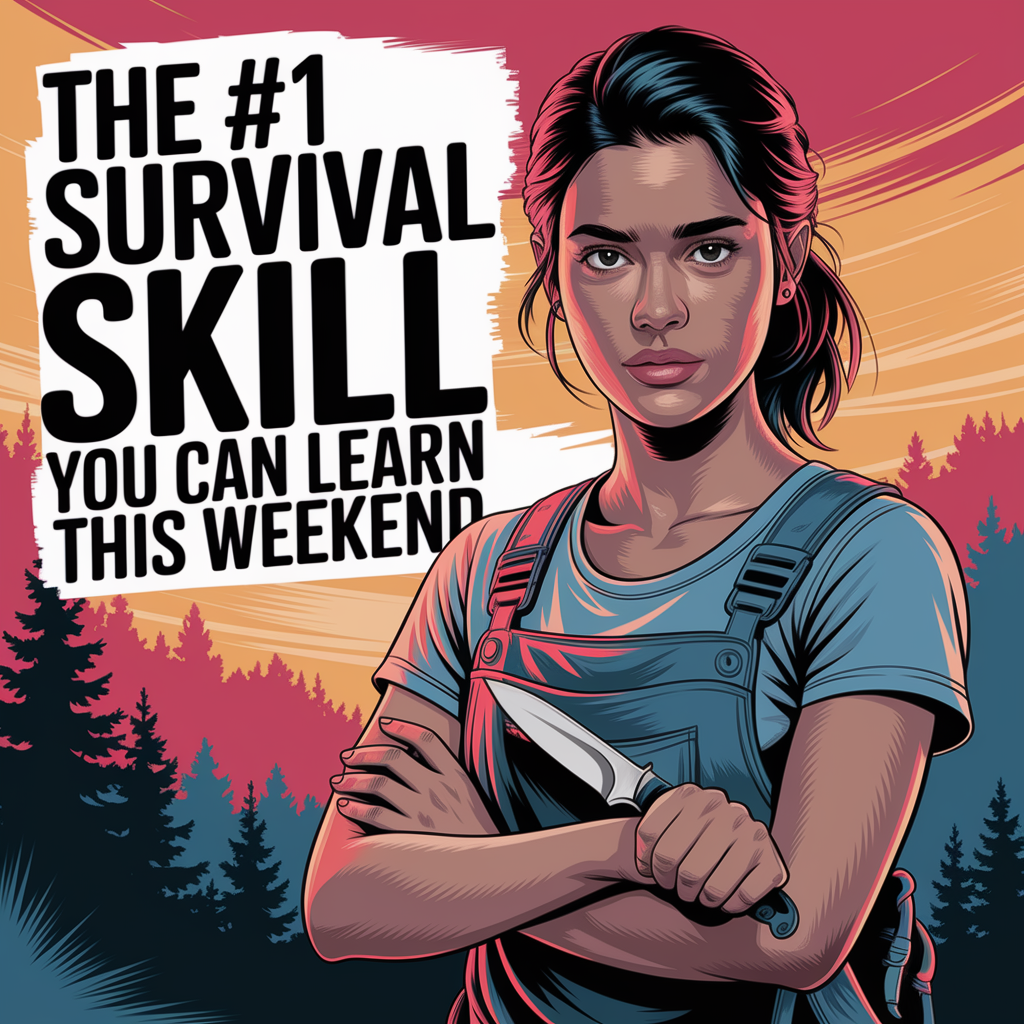
What’s the Easiest Survival Skill to Learn First? (Here’s Where I Started)
When I first got serious about learning survival skills, I didn’t have military training, a rugged background, or some apocalyptic reason to dive in. I just realized one day that if things ever went south—or even if I just got lost hiking—I’d be in trouble. I had zero useful skills other than being able to Google things. That’s when I decided to change that.
Now, I’m no survivalist superstar, but over time I’ve picked up quite a few practical tricks. And I still believe the easiest survival skill to learn—hands down—is one that’s also one of the most critical: fire starting. Not with a lighter, not with fancy tools. Just good old-fashioned, reliable, “I can do this in the woods” fire starting. If you’re new to prepping, hiking, or camping, it’s the perfect place to begin.
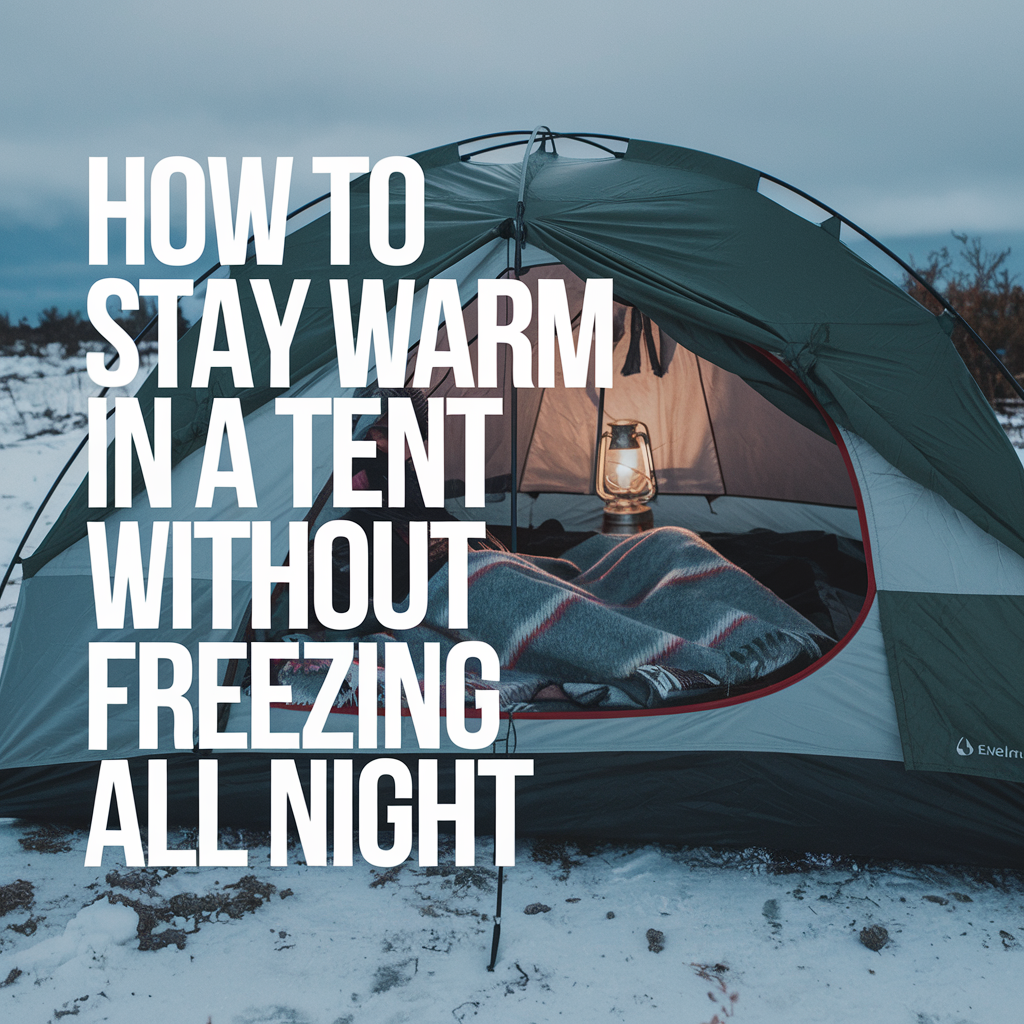
What’s the First Survival Skill I Should Learn?
There’s no shortage of opinions out there, but I’ll tell you straight: the first survival skill I ever learned—and the one I still rely on today—is how to start a fire without modern tools. And I’m talking about a legit, roaring flame that can cook food, purify water, keep wild animals at bay, and maybe even save your life if you’re out in the cold.
It wasn’t glamorous. My first attempt? A total fail. The cotton ball burned out in 5 seconds. The sticks were damp. I used way too much wood. But I kept trying in my backyard. I made fire with matches. Then with a ferro rod. Eventually, I could do it without panicking, even in light rain. That’s when I realized—this skill is empowering. It gave me confidence I didn’t have before.
If you’re just starting out, don’t overthink it. Grab a simple fire starter kit or even just cotton balls and petroleum jelly, and go light something up (safely). Practice in your yard, at a campsite, or wherever you’re allowed. It’s satisfying, practical, and honestly kind of fun.
The reason fire starting should be first? Because when you’re cold, wet, and scared… a little flame goes a long way.
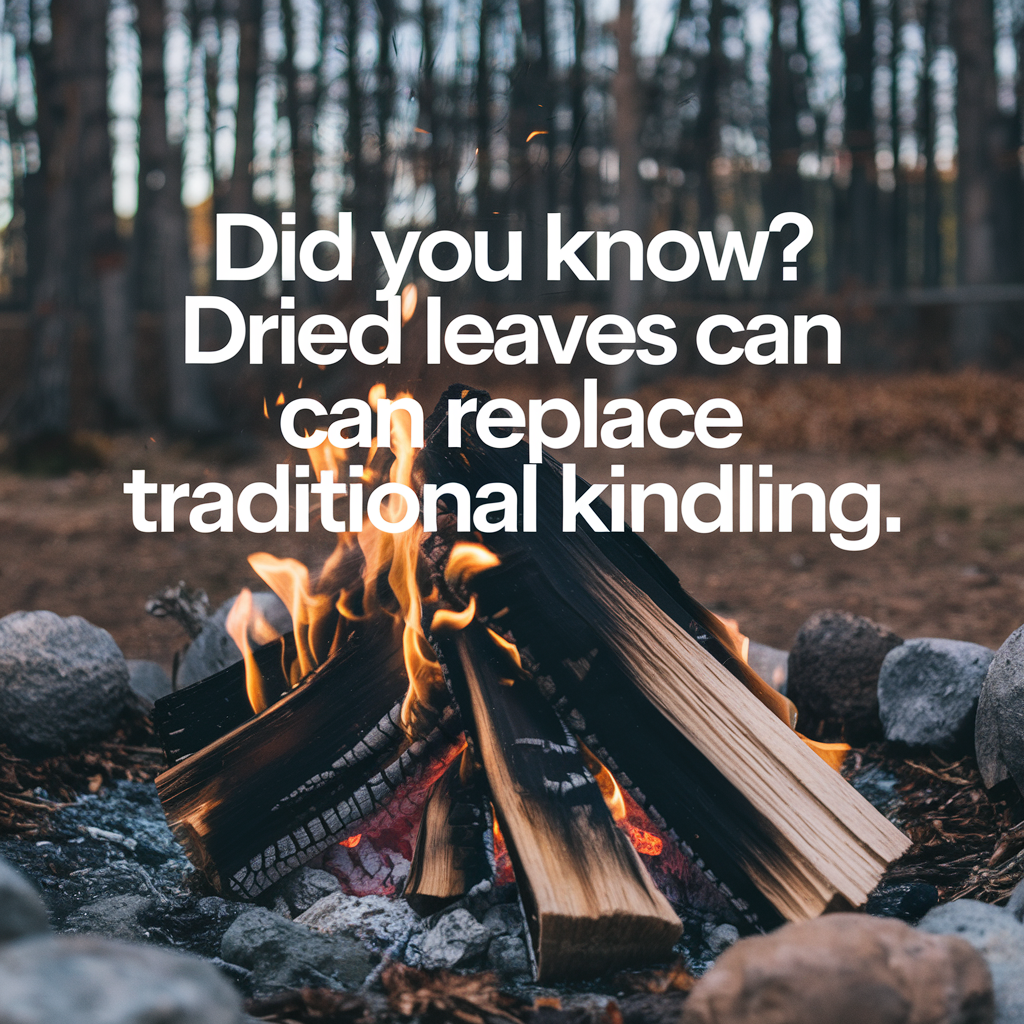
Why Is Fire Starting So Important in Survival?
There’s a reason I started with fire—because it covers a ridiculous number of survival needs. And honestly, once I made my first fire that actually stayed lit, I finally understood why every survival show, book, and wilderness guide keeps hammering it home.
Here’s why fire is your best friend in the wild:
- Warmth – Cold nights? A fire can keep you from freezing when temps drop.
- Cooking – No portable stove? Fire turns foraged food or caught fish into something edible.
- Water purification – Boil that sketchy stream water and live to tell the tale.
- Light – No flashlight? Fire lights up your space after dark.
- Signal for help – Smoke or flames can alert rescuers if you’re lost.
- Keeps predators away – Animals tend to steer clear of fire and smoke.
- Boosts morale – Honestly? Fire just makes you feel better when you’re scared or alone.
I can’t tell you how much safer and more in control I felt once I learned to build a fire without relying on a lighter or matches. If you’re only going to master one thing this month, make it fire starting.
And if you’re wondering where to begin, this guide on mastering the art of fire starting helped me figure out what tools and materials work best in real-world situations.
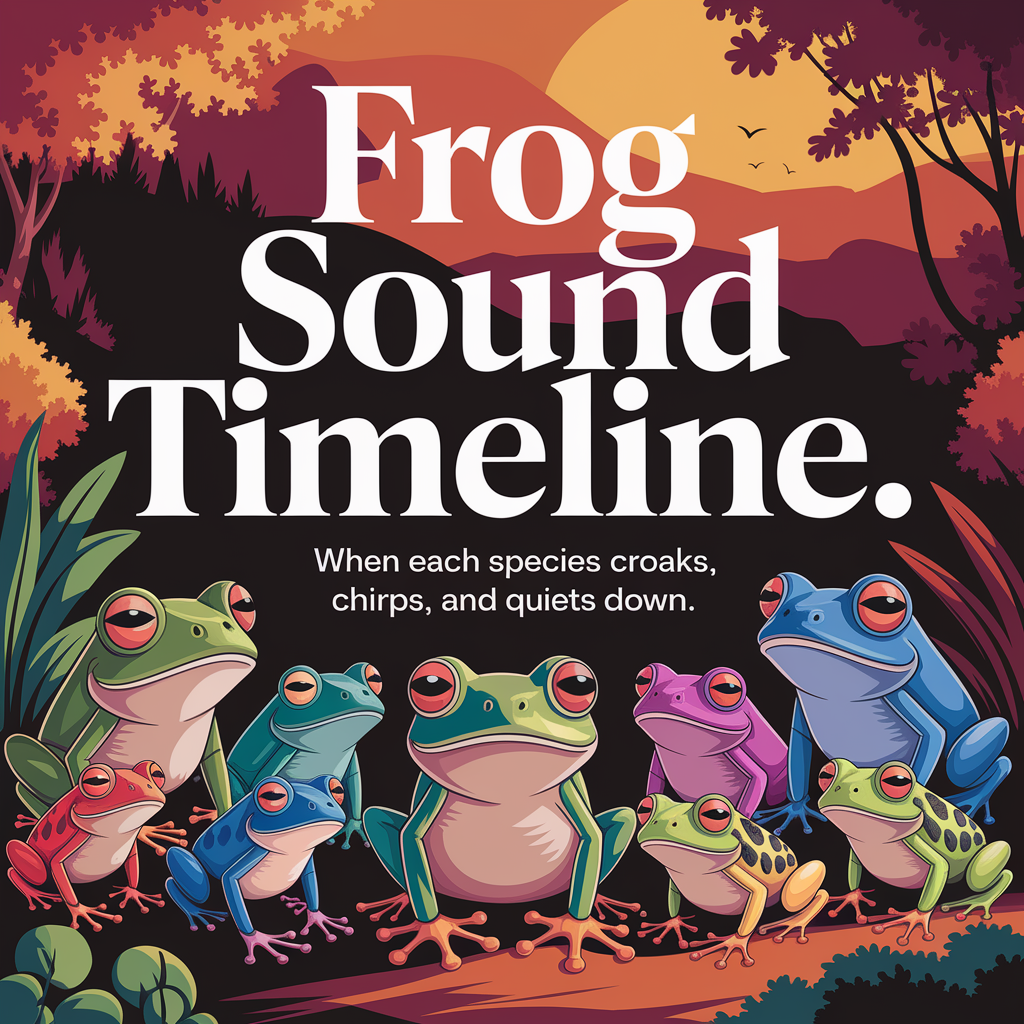
What Are the Easiest Outdoor Survival Skills for Beginners?
Fire starting is number one in my book, but there are a few other basic outdoor survival skills that are easy to learn and incredibly useful. I didn’t learn them all at once—just one at a time in my free time—and now they’re second nature.
Top beginner-friendly survival skills you can learn fast:
- Knot Tying – Learn a few essential knots like the bowline or square knot.
I practiced mine using this knot tying guide. - Building a Shelter – Even stacking branches between two trees with a tarp or some brush can keep you dry in a pinch.
- Finding Water Sources – Learn to spot low-lying areas, collect rain, or dig for moisture in dry climates.
- Basic Navigation – You don’t need to be a compass master. Just learning how to use the sun or landmarks can help a ton. I started with this survival navigation guide.
- Staying Calm Under Pressure – Probably the most underrated skill. The ability to pause, breathe, and think straight in a crisis is a game-changer.
If you’re starting from scratch, don’t try to learn everything at once. Pick one, mess around with it, and let the skills build over time. Survival isn’t about being perfect—it’s about being prepared.
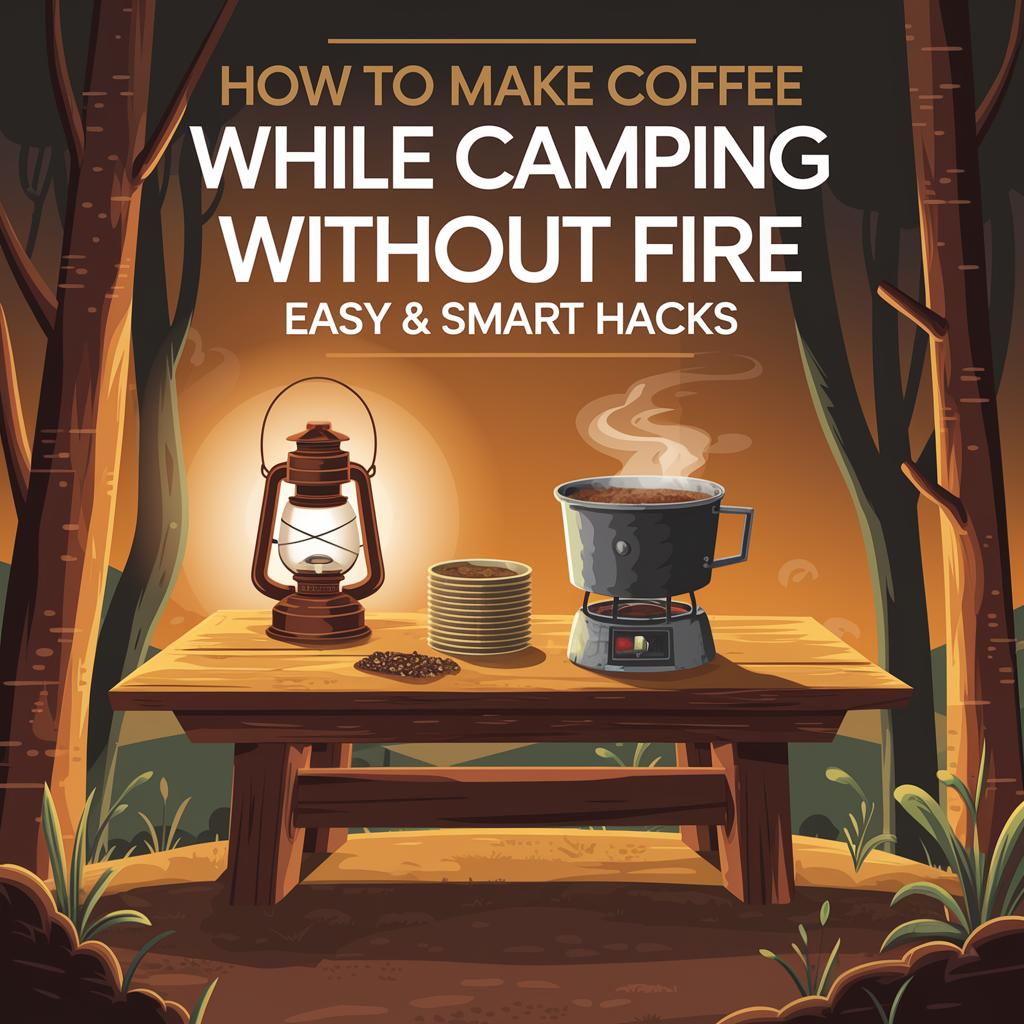
What’s a Survival Skill I Can Practice in My Backyard?
You don’t need to live in the mountains or have a giant forest behind your house to start learning. When I first got into this, I didn’t hit the woods—I hit my backyard. And honestly, that’s where I learned some of the most useful stuff.
Here’s what I practiced right outside my door:
- Fire Starting – I used a small fire pit and practiced with dryer lint, cotton balls, a ferro rod, and even a magnifying glass. It felt great not relying on a lighter.
- Shelter Building – I tied a tarp between two trees and figured out how to waterproof it using an old shower curtain liner. My dog judged me, but it worked.
- Knot Tying Drills – I’d sit on the porch with paracord and practice while sipping coffee. The essential knot tying skills article helped me nail the ones I use all the time now.
- Water Collection Simulation – I set up containers to collect rain and tried making a basic solar still (spoiler: it worked… slowly).
- Gear Testing – Ever buy survival gear and let it sit in a bag for a year? Yeah, me too. Practicing in the backyard gave me a chance to see what actually works—especially lightweight stuff like what’s in this solo hiker gear guide.
Practicing survival skills in your own backyard builds confidence fast. It’s safe, low-pressure, and you’ll know right away what skills and tools still need work—before you’re stuck without cell service and a storm rolling in.

Do I Need to Take a Class to Learn Survival Skills?
Short answer? Nope. I’ve never taken a formal survival class. Everything I’ve learned came from a mix of trial and error, free resources, and lots of time outside. Don’t get me wrong—taking a course is awesome if you can swing it, but it’s not required to get started.
Here’s how I taught myself the basics:
- Online resources – Articles, YouTube videos, and forums were my teachers.
- Practice – I repeated simple tasks (like fire starting or setting up a shelter) until they became muscle memory.
- Gear experiments – I’d pack my bag, head to a local trail, and give myself “what if” challenges. What if I lost my lighter? What if I forgot food?
- Reading and watching survival stories – It’s amazing how much you can learn from what went wrong for others.
Truth is, survival isn’t about having a certificate. It’s about being ready and capable when it matters, and you can absolutely get there without sitting in a classroom. You’ve just gotta start—and honestly, the backyard is the perfect training ground.
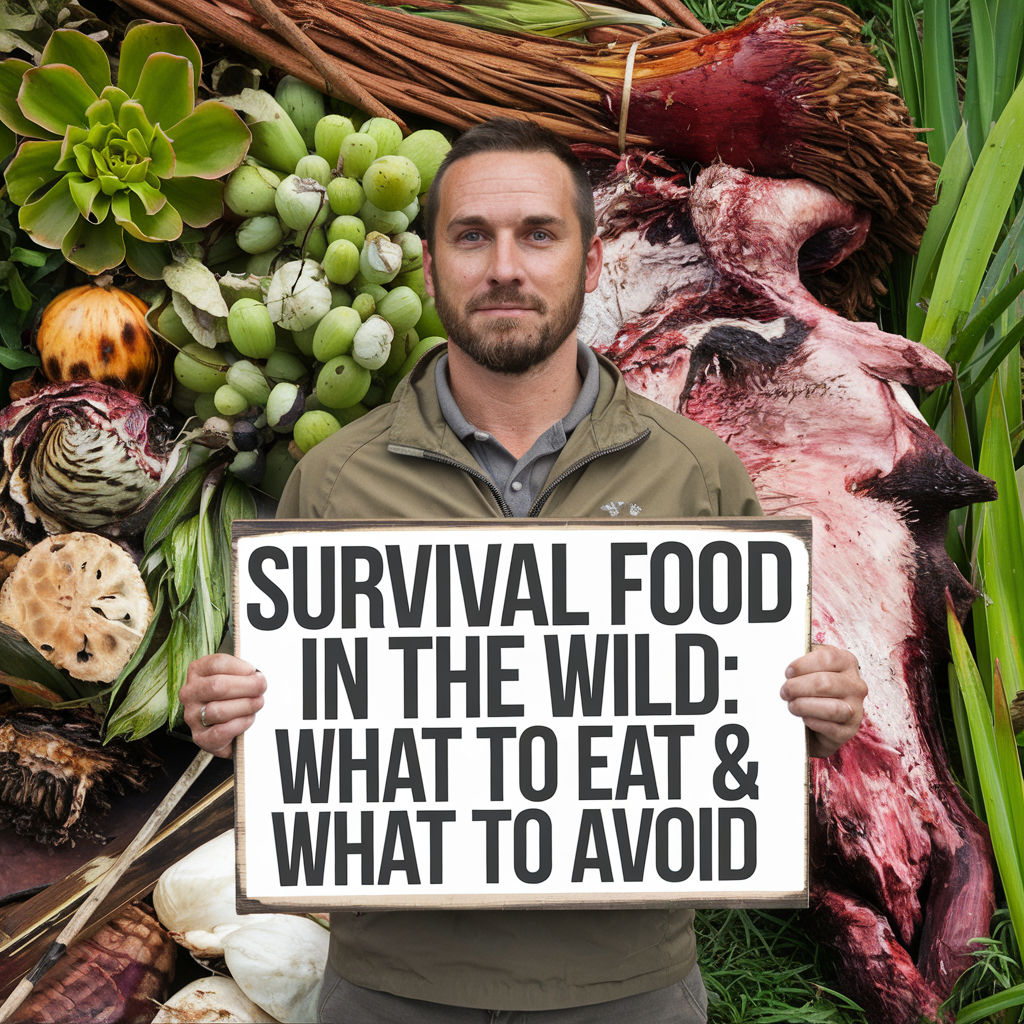
How I Built My First Survival Kit Without Spending a Fortune
When I first started learning survival skills, I figured I needed one of those massive, movie-style backpacks loaded with every gadget known to man. Turns out, that’s a fast way to waste money and wear yourself out. So instead, I built my first kit with a “bare essentials only” mindset, and honestly—it worked better than I expected.
Here’s what I put in my first kit:
- Ferro rod + cotton balls – Cheap, lightweight, and reliable for starting fires
- Folding knife – Nothing fancy, just something sharp and dependable
- Small first aid kit – Bandages, antiseptic, tweezers, and duct tape (seriously, duct tape fixes everything)
- Water purification tablets – Way easier to carry than a big filter
- Emergency blanket – Compact, warm, and doubles as a shelter
- Flashlight + extra batteries – I learned the hard way not to trust phone flashlights
- Paracord – A must for shelter, repairs, or even fishing
- Snacks with a long shelf life – I threw in granola bars and jerky
It wasn’t pretty, but it was practical—and way lighter than I expected. I used this ultimate survival kit guide to figure out what I really needed and what was just fluff.
Later on, when I got more into solo hiking, I upgraded with a few pieces from this lightweight survival gear list. That made a huge difference for mobility without losing usefulness.
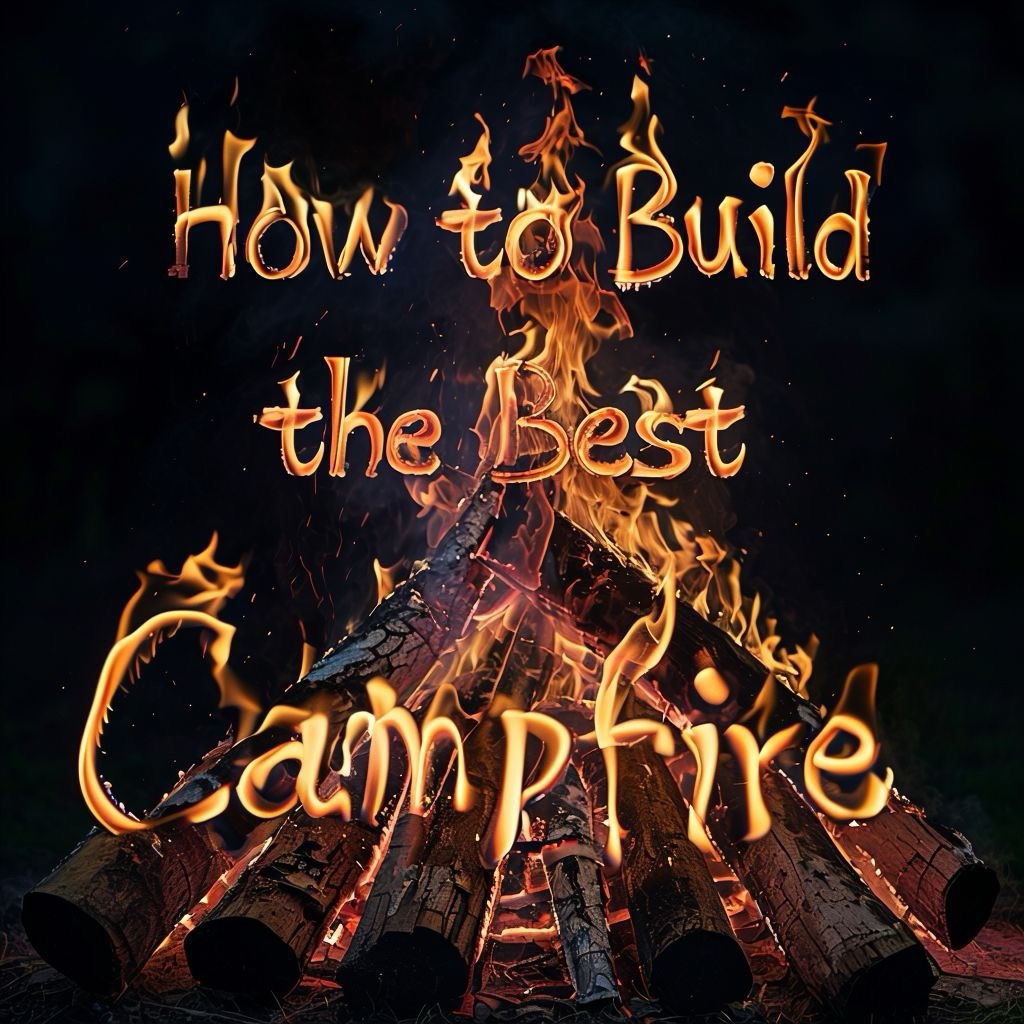
Should I Learn Survival Skills Even If I Don’t Camp Often?
Absolutely. Survival isn’t just for the folks who disappear into the woods every weekend. If you drive a car, live in a house, or go outside at all, there’s a chance you’ll face something unexpected. And when that happens, you’ll be glad you picked up a few key skills—even if it’s just knowing how to purify water or keep warm during a power outage.
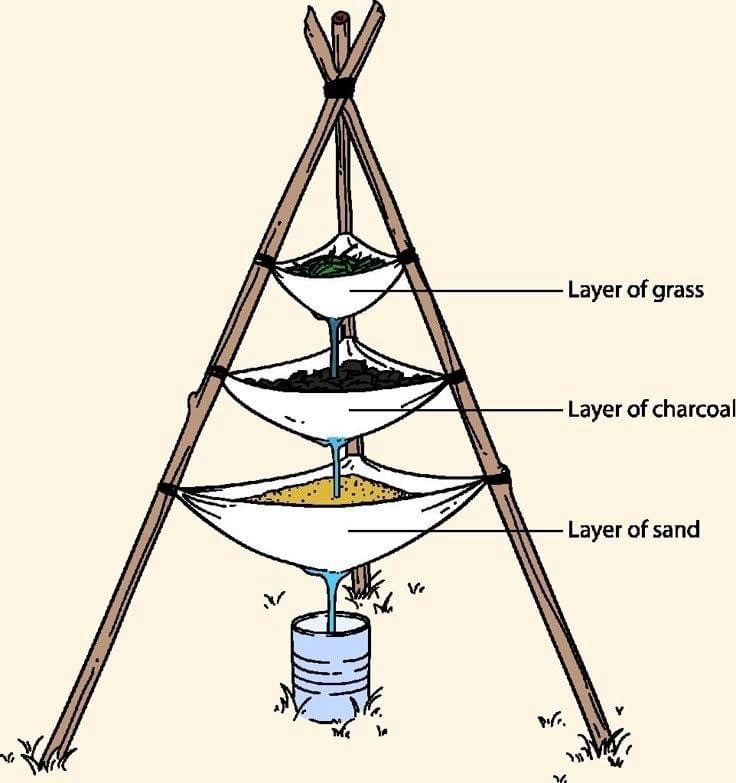
I’ve used my survival knowledge in totally normal life situations, like:
- Losing power for two days during a snowstorm (thank you, emergency blanket and power outage tricks)
- Getting stranded on the road in bad weather
- Helping a neighbor purify water when the pipes went out
- Managing a surprise blackout with kids thanks to these winter weather prep tips
- Stocking extra gear in my car and home using this emergency preparedness checklist
Even if you’re not a hardcore outdoorsy type, knowing a few survival basics means you’re not helpless when life throws a curveball. And that peace of mind? Worth every second spent learning.
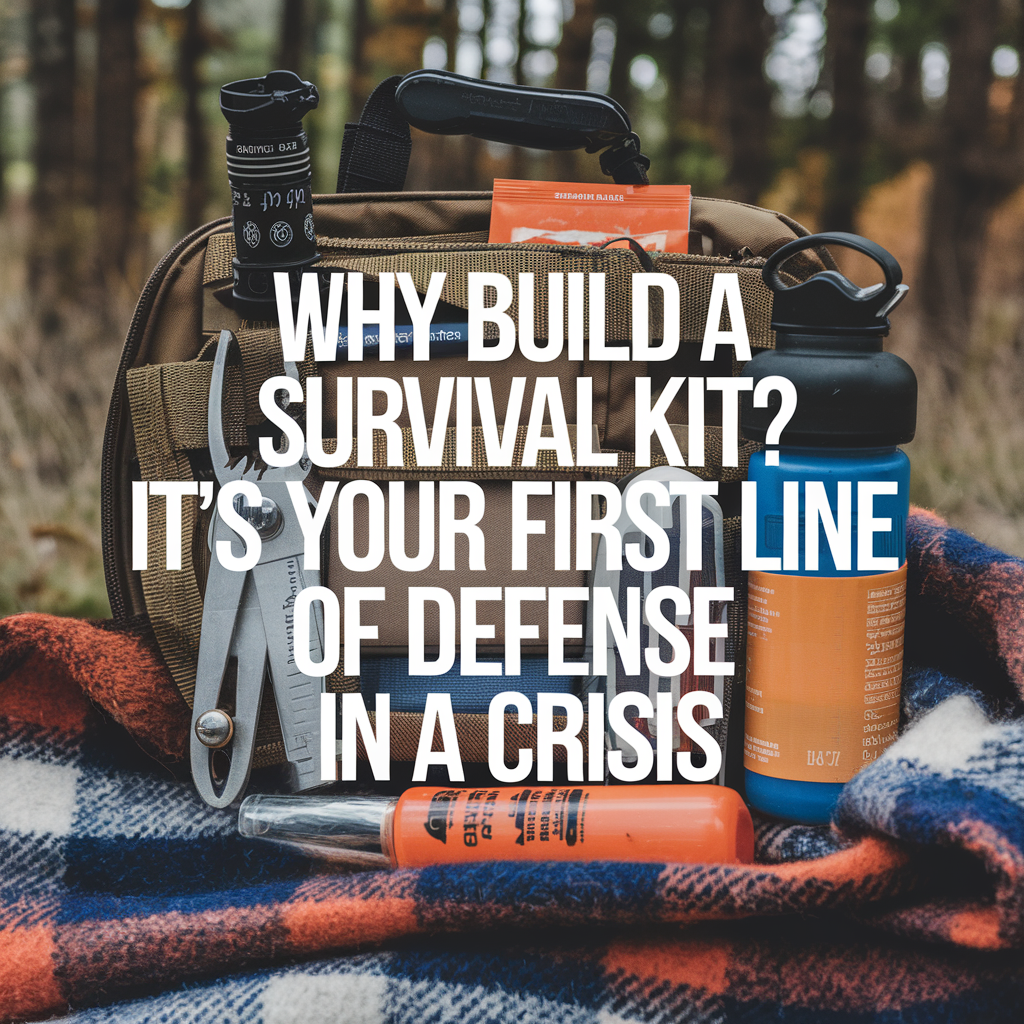
How Do I Stay Calm in a Survival Situation?
This one doesn’t get talked about enough—but it should. You can have all the fancy survival gear in the world, but if you panic, none of it matters. I’ve been there—freezing rain, no signal, wet gear, and that sinking “uh-oh” feeling in my gut. The thing that got me through wasn’t a tool. It was mindset.
Here’s what helps me stay calm when things get sketchy:
- Breathe and assess – Sounds simple, but I force myself to take five deep breaths and look at the situation before doing anything else. Panic clouds judgment fast.
- Rehearse scenarios ahead of time – I mentally walk through “what if” situations. What if I get lost? What if I’m hurt? Having a mental plan calms the chaos.
- Trust your training (even the little stuff) – That one time you practiced making a fire or building a tarp shelter in your backyard? It matters when your back’s against the wall.
- Break it down into small wins – Instead of thinking, “I have to survive the night,” I think, “Get a fire started. Get warm. Then worry about the rest.”
- Accept discomfort – Survival isn’t about luxury. Once I made peace with being cold, wet, or uncomfortable for a bit, I stopped letting it rattle me.
Learning to stay calm is a skill like any other. I sharpened mine by getting outside, getting uncomfortable, and learning from close calls. The more I practiced—even in low-stakes situations—the more I realized I could handle way more than I thought.
If you’re serious about growing that kind of mental toughness, articles like Wilderness Safety and Outdoor Survival Tipshelped me get into that headspace early on—and I still revisit them now and then.
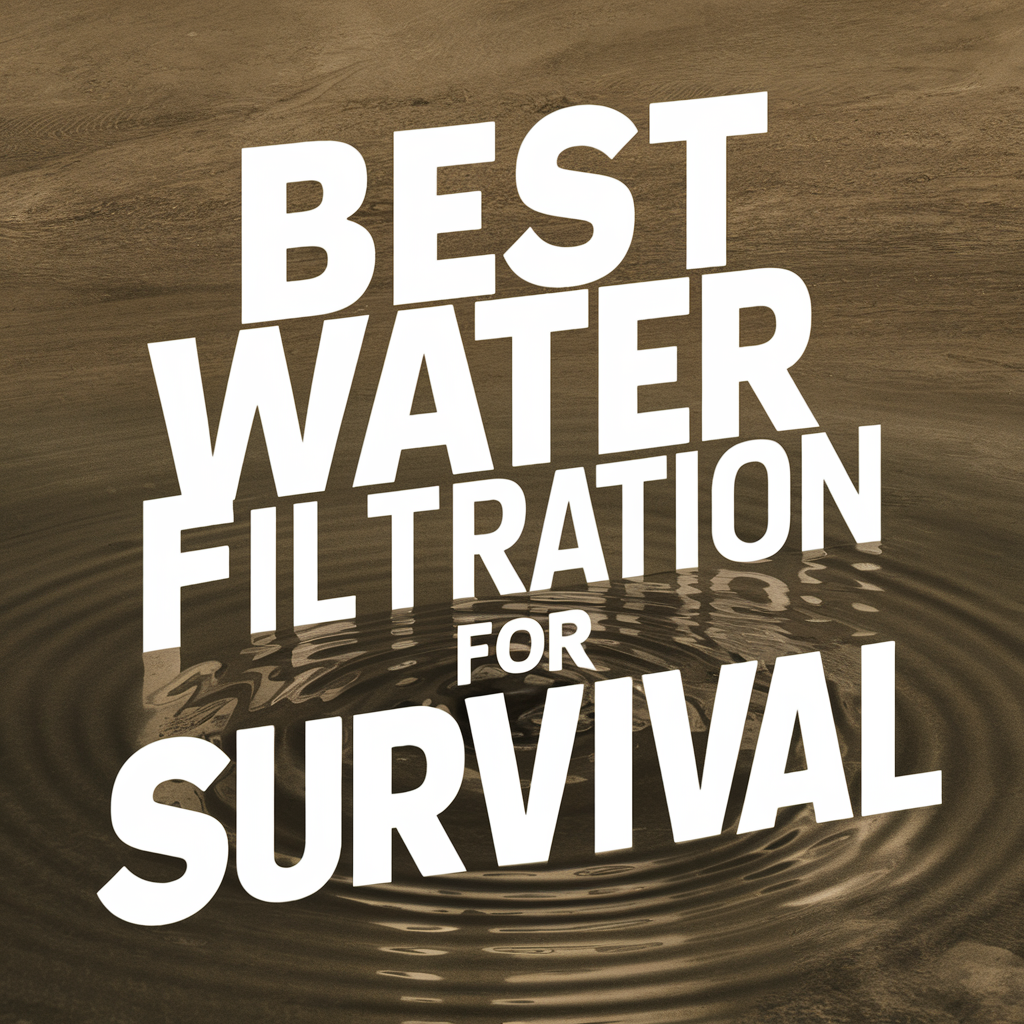
Start Simple, Stay Consistent
If you’ve made it this far, then congrats—you’re already doing what most people never do: taking that first step. The easiest survival skill to learn isn’t just about striking sparks or tying knots. It’s about showing up and putting in just a little time and effort, one skill at a time.
I started with fire. You might start with water purification, navigation, or knot tying. It doesn’t matter where you begin, as long as you begin.
The good news? Every skill you learn builds confidence. Every small win makes the next challenge less intimidating. And before long, survival stops feeling like this overwhelming thing—and starts feeling like second nature.
So grab a piece of paracord, a ferro rod, or heck, just go out in the backyard with a tarp and start messing around. The wild might be unpredictable—but you don’t have to be unprepared.
And hey—if I can do it, so can you.
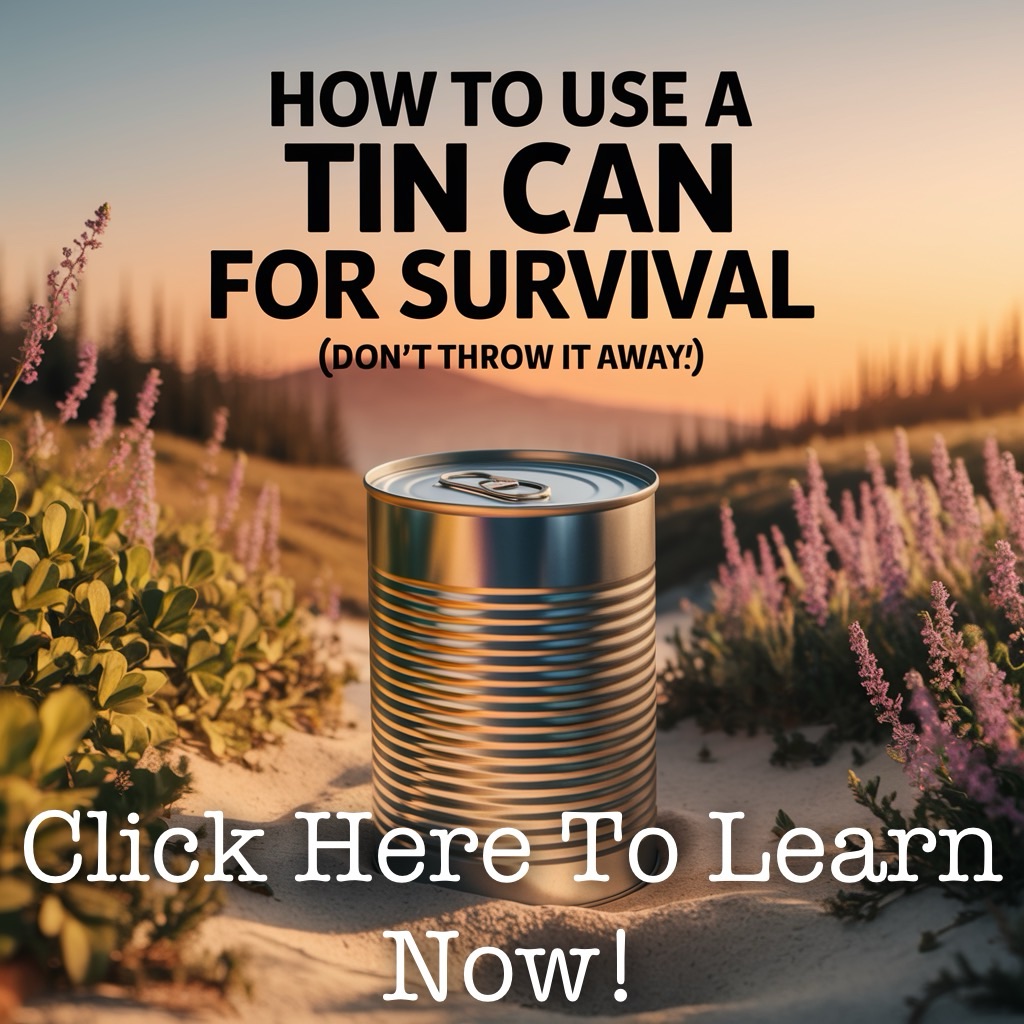
As an Amazon Associate we earn from qualifying purchases through some links in our articles.
